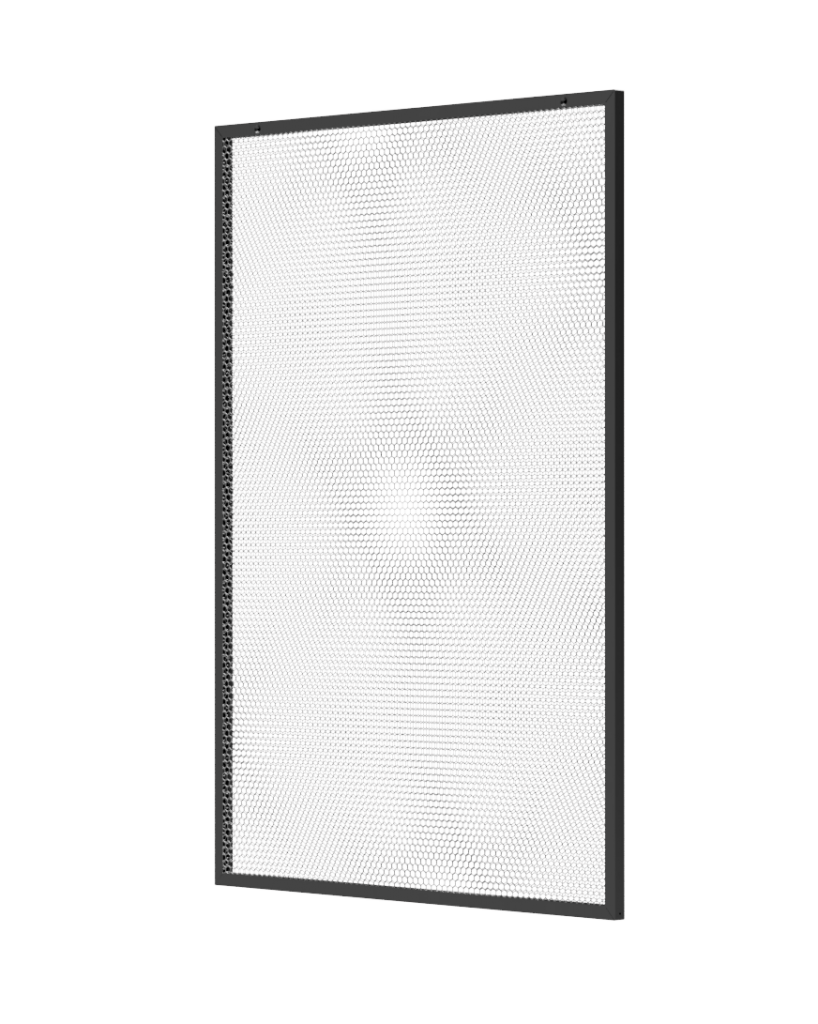
Like in nature, but x fold more powerful:
TiO2 Photocatalytic Oxidation Filter from ETS
Photocatalytic Oxidation is a process that combines UVC irradiation with titanium dioxide (TiO2) as a photocatalyst which results in a reaction that changes malignant contaminants into water, carbon dioxide and detritus.
How does it work?
After passing the previous stages of filtration remaining contaminated air will be sucked through the honeycomb chambers of the TiO2 Photocatalytic Oxidation Filter on which backside a powerful UVC lamp triggers the promotion of electrons (e−) from the valence band to the conduction band leaving positive holes (h+) behind. Produced positive holes and free electrons diffuse to the semiconductor surface. The positive holes and electrons at the semiconductor/air interface, forming high reactive hydroxyl radicals and superoxide radicals, which subsequently initiate redox processes leading to the degradation/mineralization of adsorbed organic and inorganic compounds.
In other words Volatile Organic Compounds (VOC), bacteria and viruses will be attacked by free radicals and eliminated.


